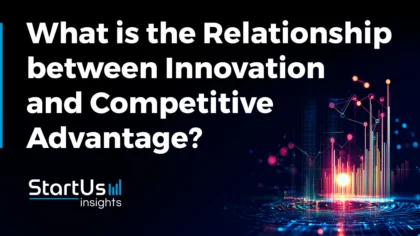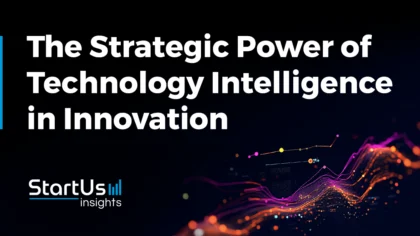Innovation drives business growth, but it can also backfire if you don’t have a coherent process. Improper innovation management can damage your reputation, which, in turn, gives your competitors the scope to take advantage. In the worst-case scenario, you might even be thrown out of the market by your rivals. You do not want that, do you? Worry not! To make things simpler for you, we have split the entire innovation lifecycle into five stages. Let’s explore them together!
1. Stage: Ideation
Any successful innovation starts with idea generation. Ideas are the seeds that later grow into big trees bearing the sweet fruits of success. The best way to find viable ideas is to brainstorm within your team or think outside the box and take advantage of open innovation. Customer feedback is also a valuable resource to generate ideas. Try to address their preferences and pain points through your innovation.
In John Steinbeck’s words, “Ideas are like rabbits. You get a couple and learn how to handle them, and pretty soon you have a dozen”. So, once you combine all these resources, you will have plenty of ideas, which form the base for the next stages.
2. Stage: Screening Innovation
Alfred North Whitehead rightly said, “Ideas won’t keep. Something must be done about them”. Hence, after generating buckets of ideas, the next step is to sort them based on your priorities in terms of business goals and consumer demands. If it makes sense, you can combine a few ideas into a bigger one. You might have to drop quite a few of them as not all ideas are worth implementing.
Moreover, you cannot choose to work on an idea just because it sounds cool. You should be able to justify your choice with data. This is where trend research plays a huge role. Utilizing the results of the research and your expertise as an innovation manager, measure the pros and cons of each idea, experiment with them, and wisely select the ones that have the potential to bring in maximum profits.
3. Stage: Implementing Innovation
Now that you know what to work on, it is time to transform the ideas into actual products or services. But, it is not a piece of cake! Product development is often the trickiest part of the innovation lifecycle. A lot can go wrong here, and you have to be prepared to tackle these challenges.
To do that, conceptually define the product as well as the processes and set up an effective business plan. Build the prototypes, put them through intense tests, and evaluate the results to identify areas of improvement. Carry on with the cycle of design-built-test until you are confident that your product is ready to hit the market.
4. Stage: Marketing Innovation
Generating awareness for your product is as important as developing it. You need to let the world know that you are transforming the industry with your innovation. So, once the product is ready, utilizing marketing strategies and sales initiatives, push the product into the market.
While promoting the product, stress its unique selling points (USPs) and explain how it brings about innovation. At the same time, continuously evaluate your product based on consumer feedback and market analysis.
5. Stage: Re-Innovation
Technically, marketing marks the end of the innovation lifecycle. But you cannot stop innovating, can you? Plus, you don’t want to be one of those companies that create a fantastic product and then just vanish from the market.
You need to innovate constantly to thrive. The results of one innovation serve as a guideline for the next one. Even if the former is a failure, you still gain valuable insights and have clear ideas about what not to do. Similarly, with the success of your previous product, you gather the points that appeal to your targeted consumers and will be able to build on them.
Now over to you – do you think there are more stages of the innovation lifecycle? Get in touch & let us know!









